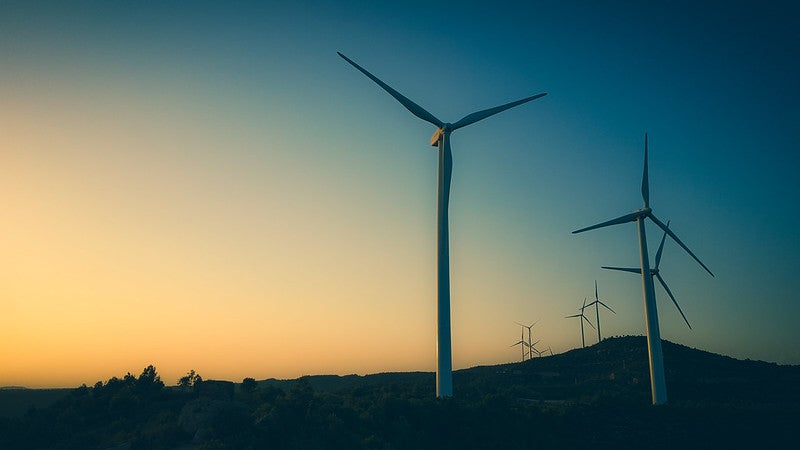
China’s investments in renewable energy in 2019 went down by 8%, while the US’s have risen by 28%.
According to a report published by BloombergNEF, China, with $83.4bn of investments in the renewable sector, was still the biggest player in the industry but in 2019 had the worst performance since 2013. The sector most hit by this fall in investments was solar energy, which decreased by 33% to $25.7bn, less than a third of the total in 2017.
According to BloombergNEF chief editor Angus McCrone, this was due to a combination of market changes and policy shifts.
He said: “In 2017 China witnessed a massive solar boom with the number of projects getting out of the government’s control. In 2018 a shift in policy took place to try and pull back the solar sector and not have capacity built, so the number of solar installations went from 53GW in 2017 to 25GW last year.
“The US, on the other hand, with $55.5bn, was still the second-biggest investor in renewables. American Council on Renewable Energy (ACORE) president and CEO Gregory Wetstone said: “The renewable sector demonstrated remarkable resilience last year, with record US investment despite policy headwinds.
“This growth reflects the cost-competitiveness of renewable energy across the country, as well as the growing national demand for renewable power by American homes and businesses.”
GlobalData analyst Harminder Singh told Power Technology that this record growth was driven by the expiration of the country’s production tax credit (PTC) – an inflation-adjusted US tax credit for those companies producing renewable energy which is due to expire in the next two years.
Singh said: “There is a huge rush of projects to meet the deadline. With declining prices, wind and solar with affordable energy storage fast becoming a viable option to replace existing fossil fuel plants which are set to retire.”
Experts have praised American investments in the renewable sector, especially considering the broader context of the US federal policies. US Environmental and Energy Institute (EESI) executive director Daniel Bresette said: “The US federal policy landscape is currently a harsh place for renewable energy, but the increasing cost-competitiveness of wind and solar, for example, is widely recognised and makes those technologies ripe for investment.”
According to the US institution, which promotes environmentally sustainable societies, the country has still a long way to go if it wants to catch up with China.
“Though the United States did far better than China last year, we are still far behind their overall investment level in renewable energy—they spent about $30bn more than we did in 2019. We must not let ourselves be left behind,” added Bresette.



